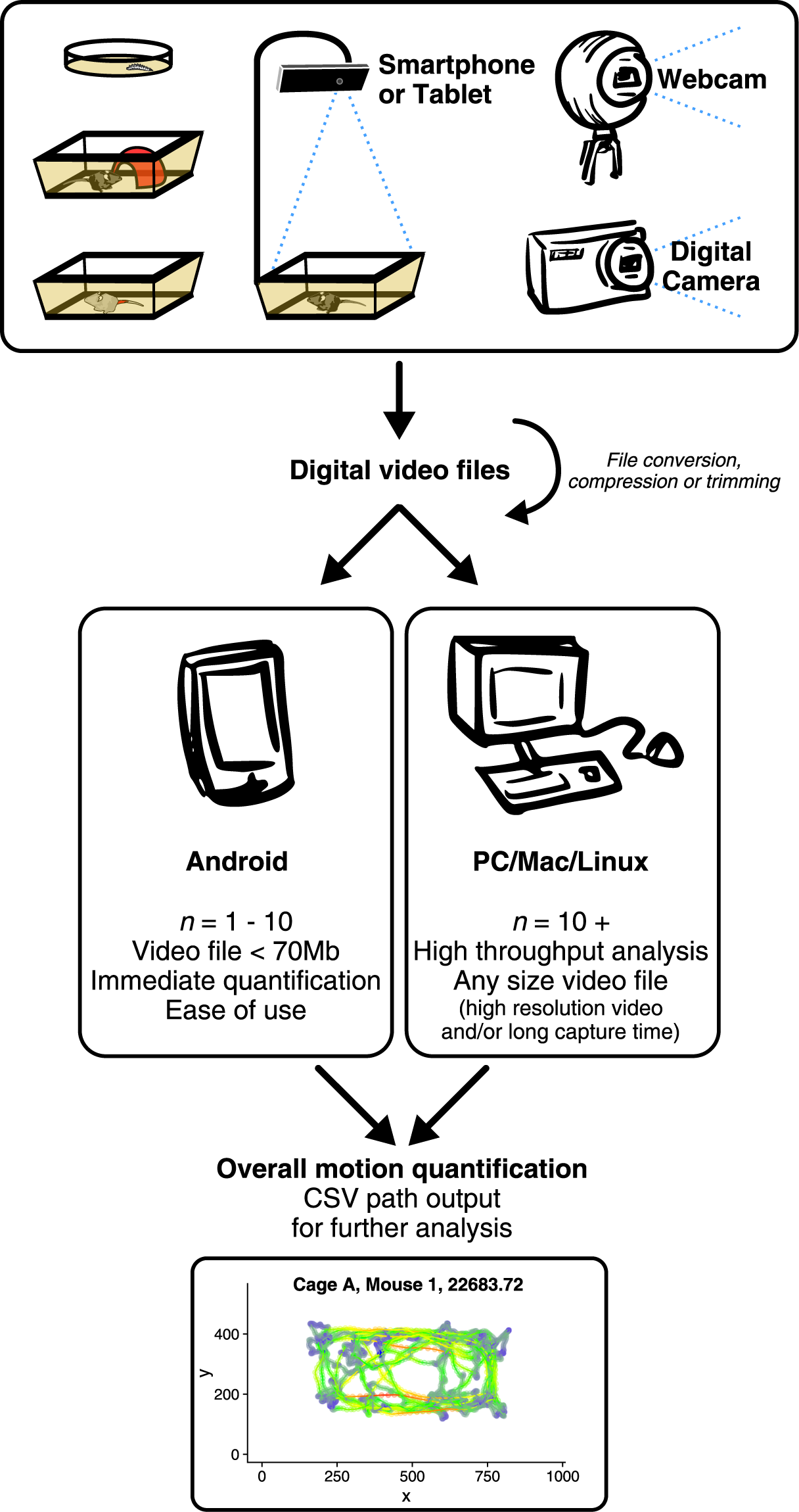
In these operations the digits are moved, or shifted, to the left or right. The bit shifts are sometimes considered bitwise operations, because they operate on the binary representation of an integer instead of its numerical value however, the bit shifts do not operate on pairs of corresponding bits, and therefore cannot properly be called bit-wise. This device is sometimes called a “ripple through” counter. This produces a binary number equal to the number of cycles of the input clock signal.

For each two toggles of the first cell, a toggle is produced in the second cell, and so on down to the fourth cell. The J and K inputs of each flip-flop are set to 1 to produce a toggle at each cycle of the clock input. The JK flip-flop is therefore a universal flip-flop, because it can be configured to work as an SR flip-flop, a D flip-flop, or a T flip-flop.Ī binary counter can be constructed from JK Flip Flops by taking the output of one cell to the clock input of the next. Similarly, to synthesize a T flip-flop, set K equal to J. To synthesize a D flip-flop, simply set K equal to the complement of J. Setting J = K = 0 does NOT result in a D flip-flop, but rather, will hold the current state. Specifically, the combination J = 1, K = 0 is a command to set the flip-flop the combination J = 0, K = 1 is a command to reset the flip-flop and the combination J = K = 1 is a command to toggle the flip-flop, i.e., change its output to the logical complement of its current value. The JK flip-flop augments the behavior of the SR flip-flop (J=Set, K=Reset) by interpreting the S = R = 1 condition as a “flip” or toggle command. Splits a structure into multiple elements Merges mono channels into a single multi-channel audioĬonverts Complex buffer to Real and Imaginary buffersĬonverts Real and Imaginary buffers to a Complex bufferĬonverts the elements of a complex signal to polar coordinate formĬonverts the polar form magnitude/phase pairs stored in input signals to Cartesian coordinate formĬonverts the input signal to a square signalĬomputes the Power Spectrum of a Real Buffer Splits the multi-channel audio into mono channels Rearranges the samples into buffers with a specified sizeĬonverts Real Data Buffers into Wave Audio Data Buffers Subtracts the background using statistical background model.Ĭonverts Wave Audio Data Buffers into Real Data Buffers Use this component to find the Mean(average) of the data buffersįinds lines in the image using Hough transformįinds probable line segments in the image using Hough transformįinds circles in the image using Hough transformįinds possible tracking targets in the imageĮxtracts robust features using SURF algorithmĭetects objects by using Haar like featuresįinds the convex hulls for polygons or contours.įinds the smallest enclosing circles for polygons or contours.įinds the smallest area rectangles for polygons or contours.įinds contours in the image using Chamfer Contour Matching.ĭetects objects by using Histogram Oriented Gradients.Ĭomputes non optimized Histogram Oriented Gradients. Use this component to find the minimal and maximal values in the each buffer

Combines multiple input real signals by performing Multiply operationĬombines multiple input signals by performing Add operation over real dataĬombines two input real signals by performing Subtract operationĬombines two input real signals by performing Divide operationĪpplies a Complex constant to each sampleĪpplies a Integer constant to each sampleĪpplies a window function over the input signalĬombines multiple input signals by performing Add operation over complex dataĬombines multiple input complex signals by performing Multiply operationĬombines two input complex signals by performing Subtract operationĬombines two input complex signals by performing Divide operation


 0 kommentar(er)
0 kommentar(er)
